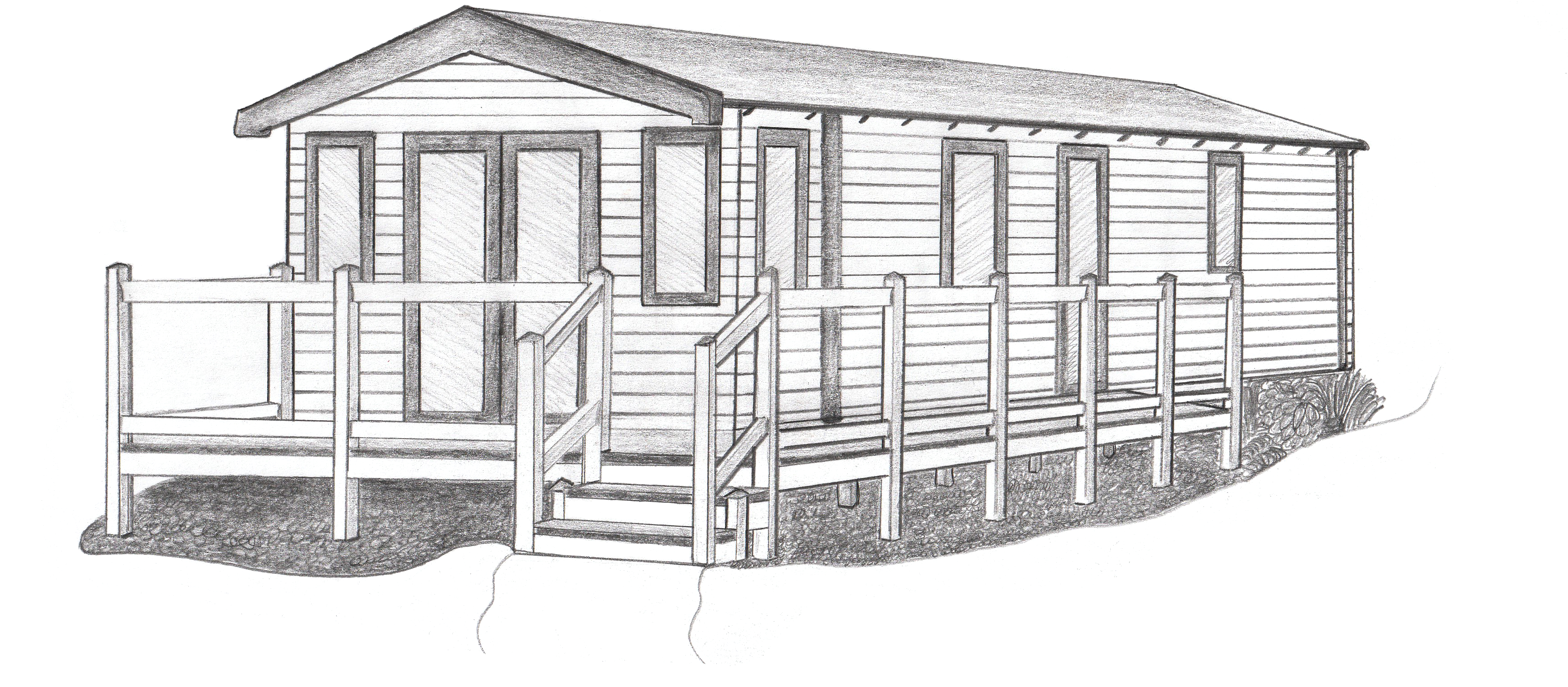Outline of the Analysis
To suggest how caravans can achieve carbon neutrality, analysis involved four areas: heat flow out the external floors, heat flow in the radiators and radiator pipes, hot water pipe flow and pressure, and renewable energy solutions. By implementing these changes and producing clean power, improving insulation, using suitable materials, and installing energy-saving appliances, caravans can become ‘off-grid’, reducing costs and the carbon footprint. The static caravan architype analysed has a standard cuboid exterior shape with a gable roof, and inside usually compromises of 1 main bathroom, 2 bedrooms, and a open plan kitchen and lounge area.

Energy Losses from Pipes and Walls
To carry out this analysis, assumptions are made from the temperature inside and outside, to specific heat transfer coefficients, to wind speeds. From analysing the caravans’ windows, the difference between single and double gazing is sizeable, with head flow of 439W and 78W respectively. This equates to a potential cost saving of over £500 per annum. As for the roof of the caravan, analysis was carried out to compare the heat loss with and without insulation and results showed that insulation reduced the head flow from over 1200W to just 114W. For the rest of the walls and floor in the caravan, the heat flow equated to 272W.
Assuming that a central boiler heats water for radiators in all the rooms of the caravan to replace the heat lost, the total length of these hot water pipes and then heat loss values could be calculated, before and after a 50mm polyethylene insulation. The energy saving of using this insulation equates to £343 per annum showing the importance of having insulated pipes even in a small-scale habitat such as a caravan.
 Figure 2. Average wind speeds in the UK by LPA
Figure 2. Average wind speeds in the UK by LPA


